Sidsel Meineche Hansen
Real Doll Theatre
03 Nov 2018 - 06 Jan 2019
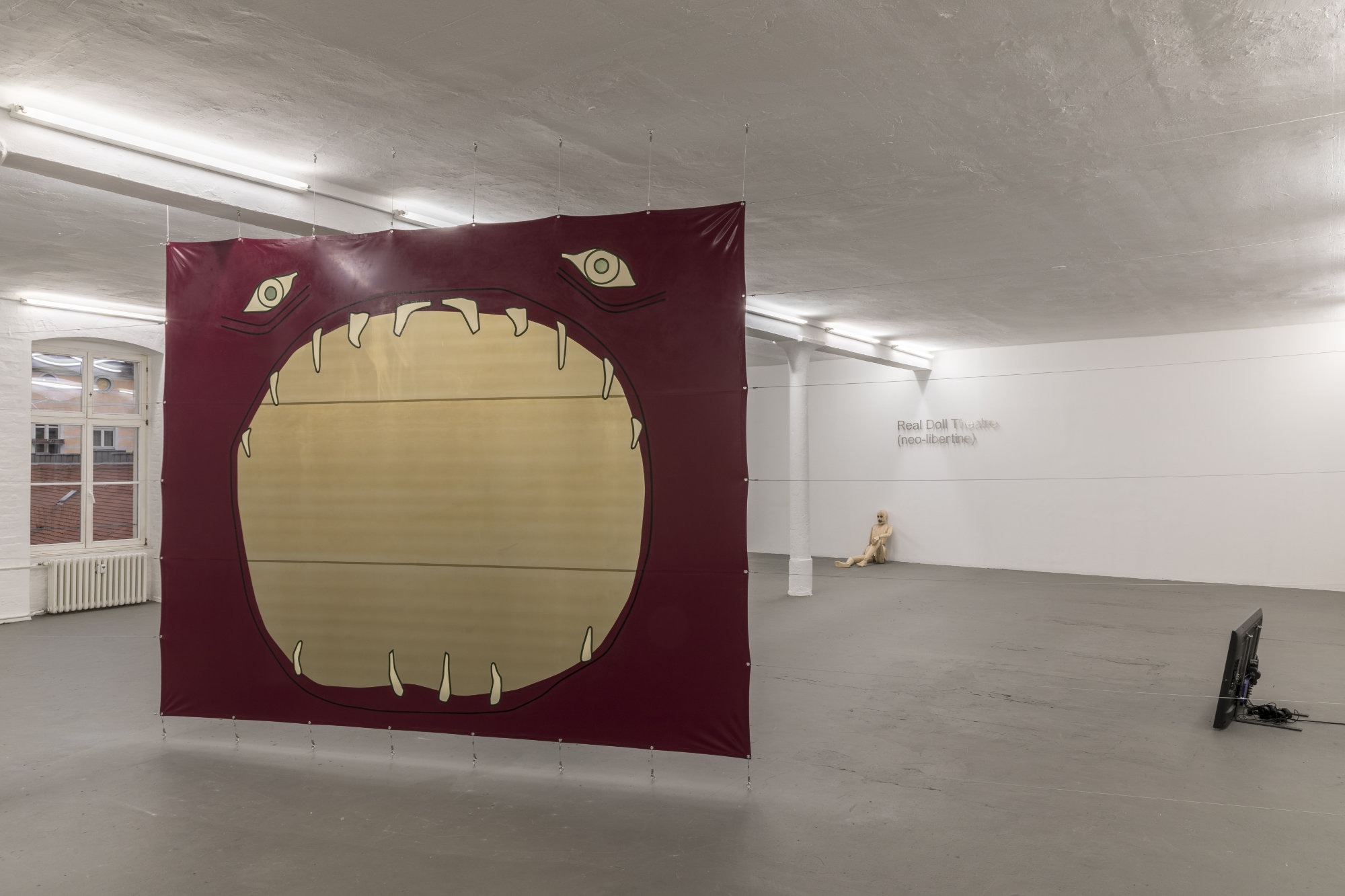
Sidsel Meineche Hansen, Installation view of the exhibition Real Doll Theatre, KW Institute for Contemporary Art, Berlin, 2018, Courtesy the artist and Rodeo, London/Piraeus, Photo: Frank Sperling
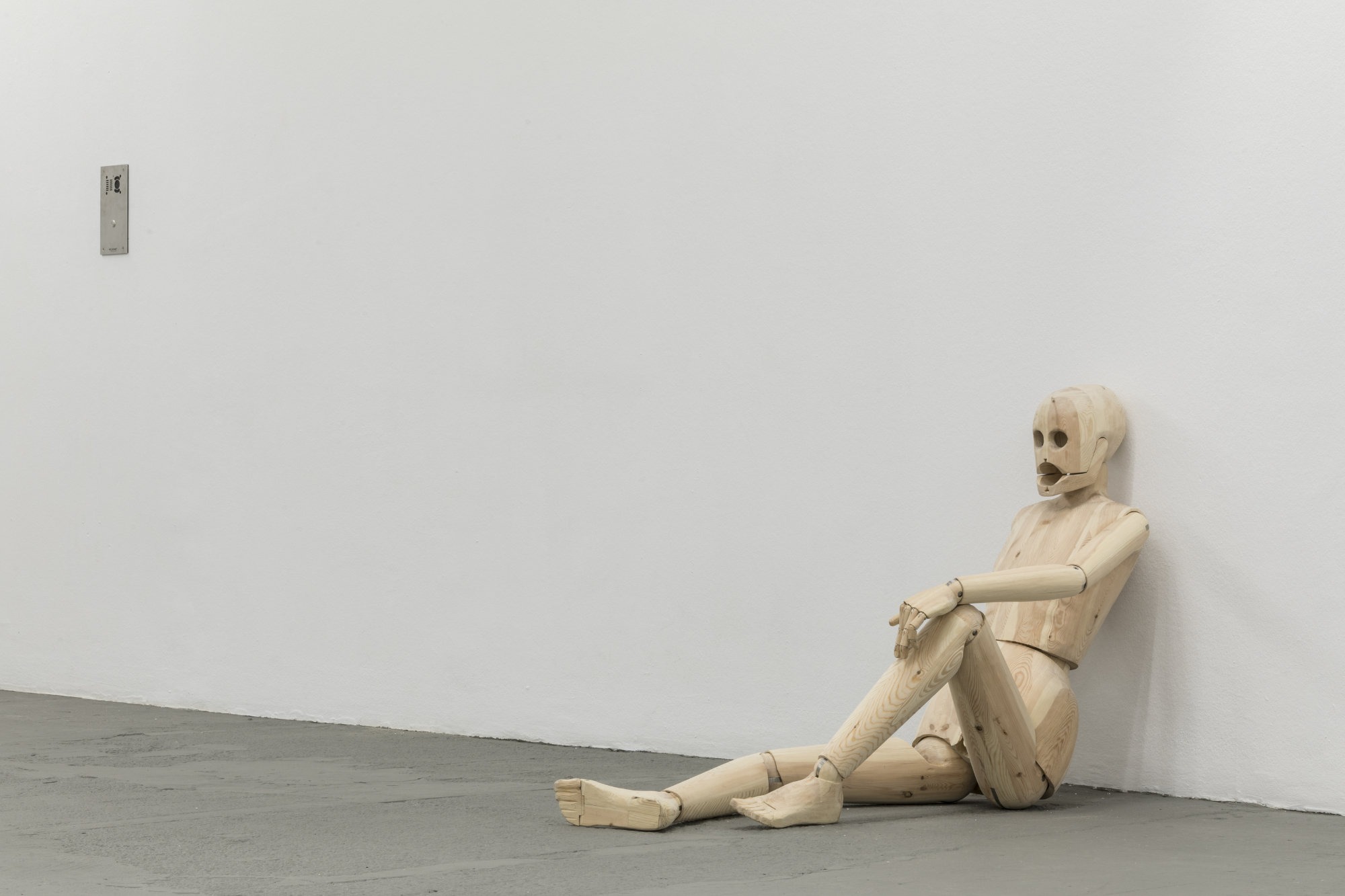
Sidsel Meineche Hansen, Installation view of the exhibition Real Doll Theatre, KW Institute for Contemporary Art, Berlin, 2018, Courtesy the artist and Rodeo, London/Piraeus, Photo: Frank Sperling
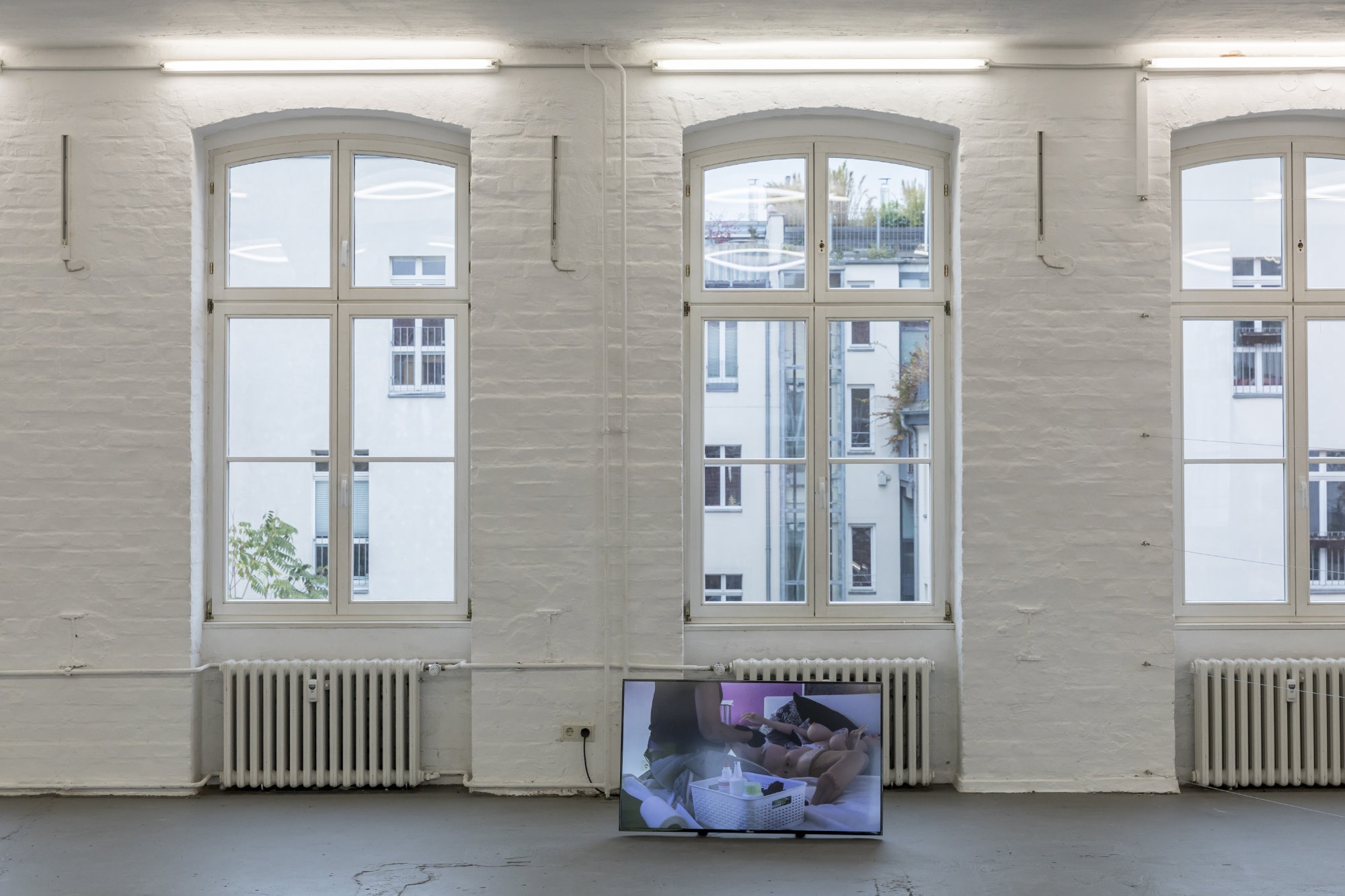
Sidsel Meineche Hansen, Installation view of the exhibition Real Doll Theatre, KW Institute for Contemporary Art, Berlin, 2018, Courtesy the artist and Rodeo, London/Piraeus, Photo: Frank Sperling
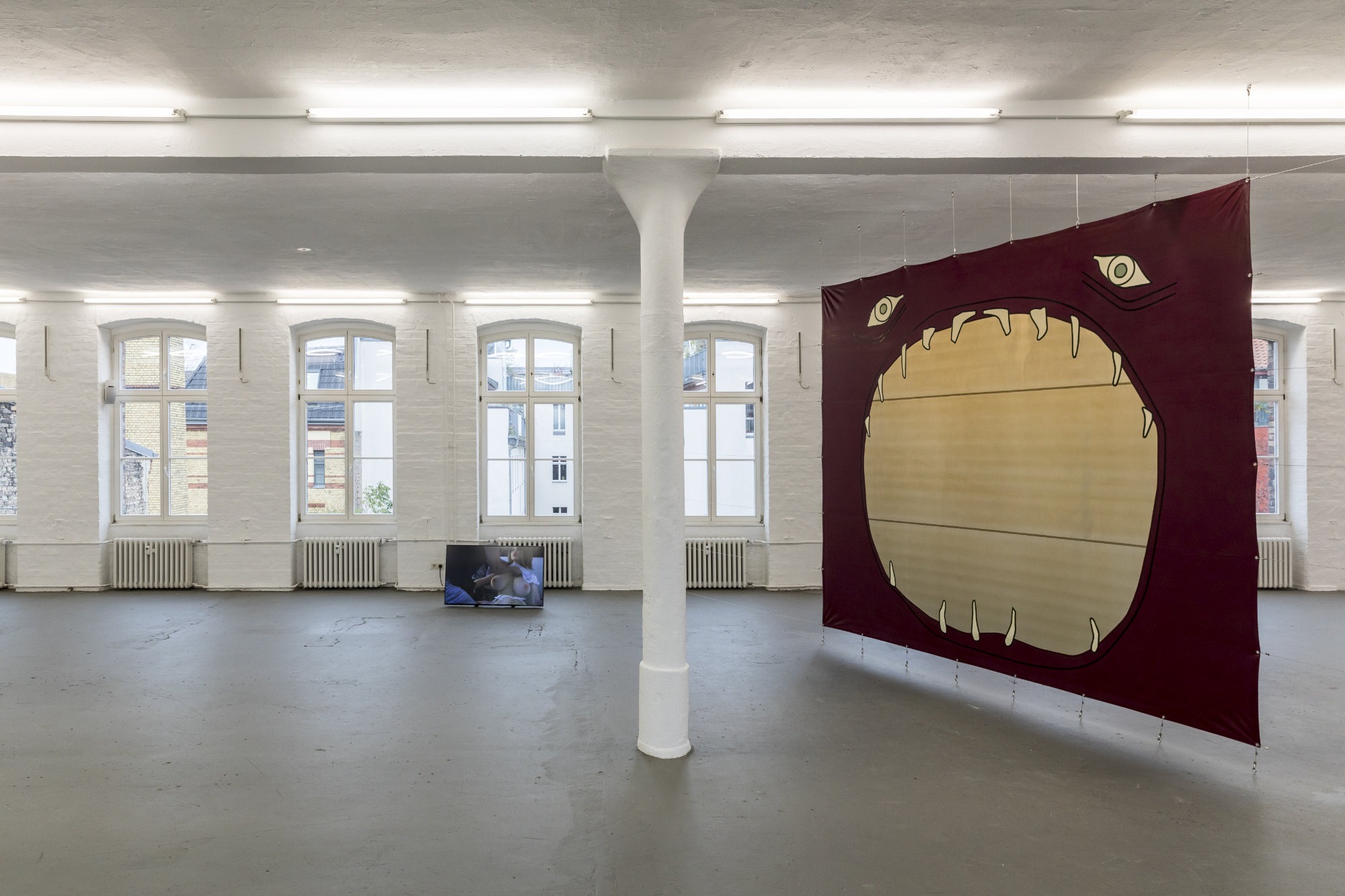
Sidsel Meineche Hansen, Installation view of the exhibition Real Doll Theatre, KW Institute for Contemporary Art, Berlin, 2018, Courtesy the artist and Rodeo, London/Piraeus, Photo: Frank Sperling
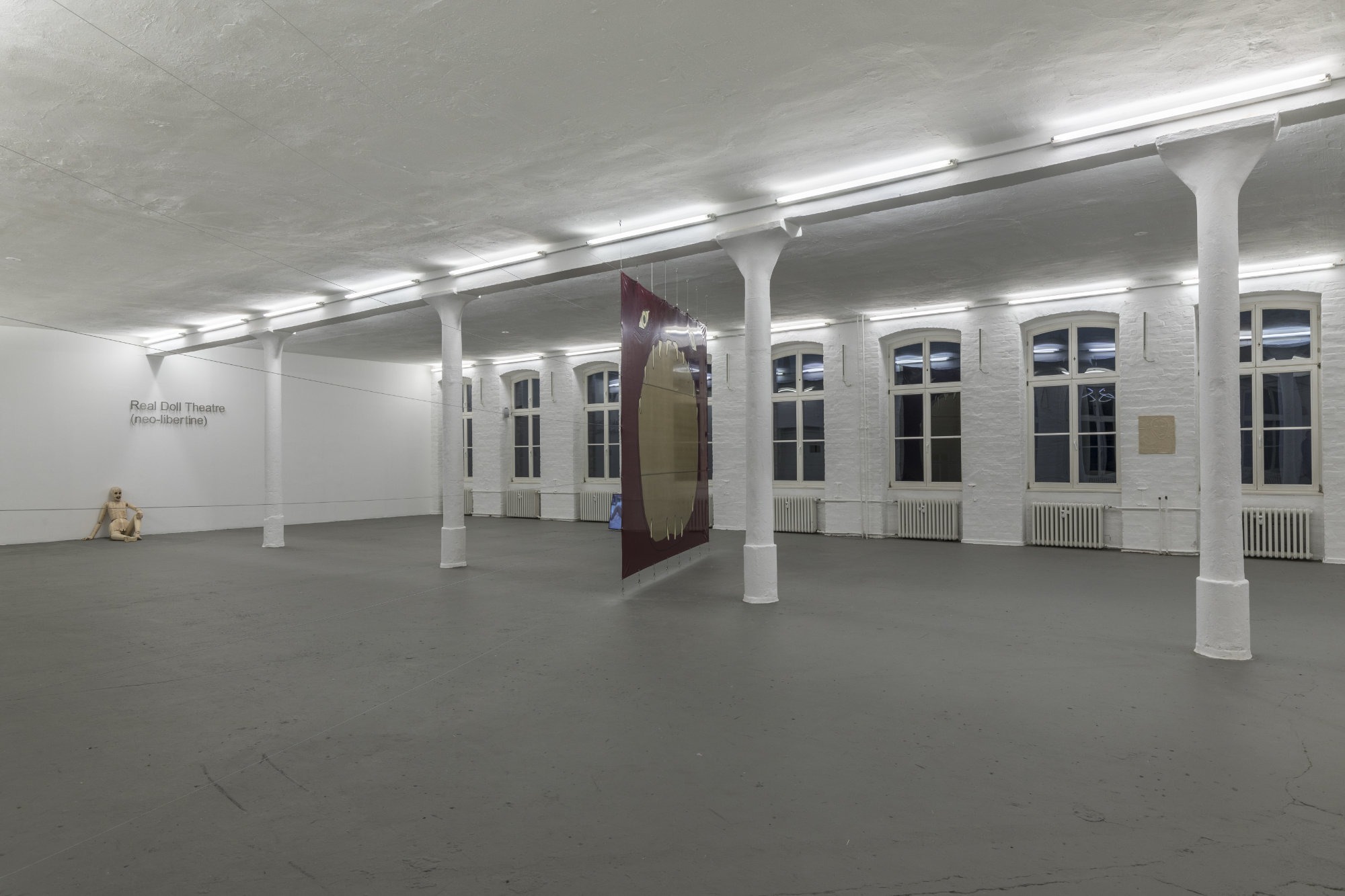
Sidsel Meineche Hansen, Installation view of the exhibition Real Doll Theatre, KW Institute for Contemporary Art, Berlin, 2018, Courtesy the artist and Rodeo, London/Piraeus, Photo: Frank Sperling

Sidsel Meineche Hansen, Installation view of the exhibition Real Doll Theatre, KW Institute for Contemporary Art, Berlin, 2018, Courtesy the artist and Rodeo, London/Piraeus, Photo: Frank Sperling
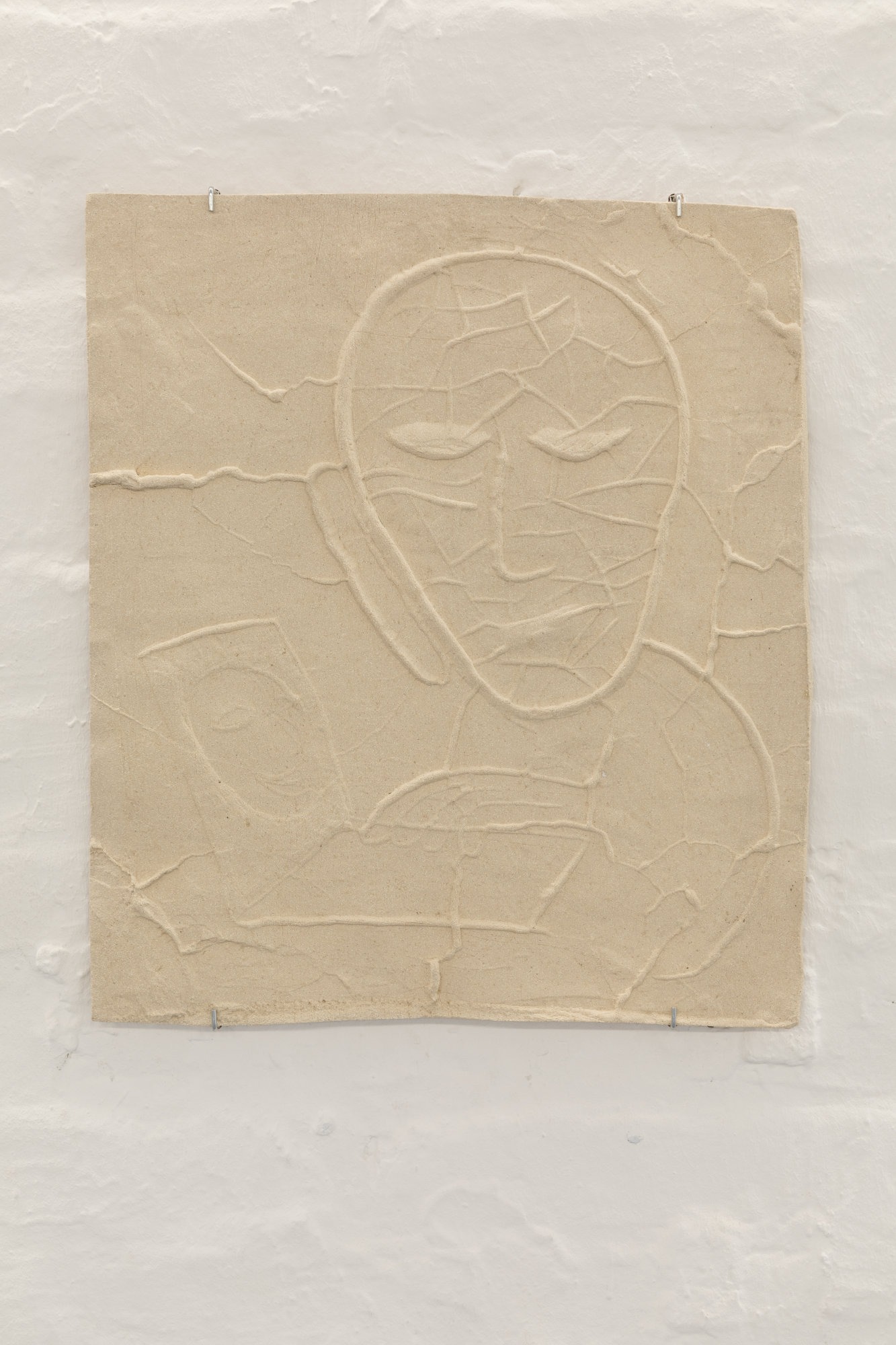
Sidsel Meineche Hansen, Installation view of the exhibition Real Doll Theatre, KW Institute for Contemporary Art, Berlin, 2018, Courtesy the artist and Rodeo, London/Piraeus, Photo: Frank Sperling

Sidsel Meineche Hansen, Installation view of the exhibition Real Doll Theatre, KW Institute for Contemporary Art, Berlin, 2018, Courtesy the artist and Rodeo, London/Piraeus, Photo: Frank Sperling
Sidsel Meineche Hansen
Real Doll Theatre
3 November 18 – 6 January 19
For KW, London-based artist Sidsel Meineche Hansen presents the exhibition Real Doll Theatre, which includes collaborative works with filmmaker Therese Henningsen and musicians Asger, and Holger Hartvig, as well as a live set by the London-based Music project Ectopia of Adam Christensen, Jack Brennan and Viki Steiri.
Sidsel Meineche Hansen’s practice focuses on the industrial complex that connects virtual and robotic bodies with human labor in the pharmaceutical, pornographic, and tech industries. Real Doll Theatre continues this line of enquiry, with particular focus on the development of sex dolls and robots, as one derivative of automated reproductive labor, that creates a split in ownership between gendered products and embodied genders.
The exhibition at KW includes new video work, laser-cut drawings, sound and sculpture and unfolds through the notion of reproductive labor as animation. Reminiscent of Gregorian chanting the song Neo-libertine (2018), made in collaboration with Asger and Holger Hartvig will be playing at regular intervals in the gallery. The space is divided into two by a sceno- graphic element, entitled Hellmouth (To Madame) (2018), a double-sided latex orifice that references the magical play of medieval theatre and functions as the stage-set for the performance by Ectopia. The division forces the visitor to approach the exhibition from two separate vantage points, that problematize the inbuilt hierarchies of what is “man-made” in service of desires.
One side features the sculpture Daddy Mould (2018). Made from fiberglass, it reflects the industrial standardized production of female forms that dominates the design of sex robots and dolls. On the other side Untitled (Sex Robot) (2018), which takes the form of a ball-jointed, life-size wooden doll, is accompanied by the video Maintenancer (2018), made in collaboration with Therese Henningsen. The video explores sex work and the maintenance of sex dolls in the context of a German (doll) brothel. It documents the initial transitions into post-human prostitution, where sex work shifts from the physical body of the sex worker onto the sex doll or robot, with the doll as an interlocutor, whose dead weight demands regular lifting, disinfection and repair.
Along different but parallel veins, the exhibition explores art’s consumption, questioning the implication of the artist’s role as both producer and product, and the limited control they have over their market value. The presentation at KW is part of a developing body of work called PRE-ORDER I-III, which unfolds across three venues: Kunsthal Aarhus, the National Gallery of Denmark – Statens Museum for Kunst, and KW. The three exhibitions share the same conceptual framework and economy, with each of these institutions contributing towards the development of the sculpture Untitled (Sex Robot). To the adult market of frictionless silicon bodies, the sculpture Untitled (Sex Robot) adds an abject and institutionally financed prototype, with consequent new replicas to be made on demand. This association between sex and art as commodities is not posed as metaphorical one, but positions the art object in parallel to the sex robot, as a result of instrumentalised desire, embedded within their production, distribution, and sale.
Curator: Anna Gritz
Assistant curator: Maurin Dietrich
Real Doll Theatre
3 November 18 – 6 January 19
For KW, London-based artist Sidsel Meineche Hansen presents the exhibition Real Doll Theatre, which includes collaborative works with filmmaker Therese Henningsen and musicians Asger, and Holger Hartvig, as well as a live set by the London-based Music project Ectopia of Adam Christensen, Jack Brennan and Viki Steiri.
Sidsel Meineche Hansen’s practice focuses on the industrial complex that connects virtual and robotic bodies with human labor in the pharmaceutical, pornographic, and tech industries. Real Doll Theatre continues this line of enquiry, with particular focus on the development of sex dolls and robots, as one derivative of automated reproductive labor, that creates a split in ownership between gendered products and embodied genders.
The exhibition at KW includes new video work, laser-cut drawings, sound and sculpture and unfolds through the notion of reproductive labor as animation. Reminiscent of Gregorian chanting the song Neo-libertine (2018), made in collaboration with Asger and Holger Hartvig will be playing at regular intervals in the gallery. The space is divided into two by a sceno- graphic element, entitled Hellmouth (To Madame) (2018), a double-sided latex orifice that references the magical play of medieval theatre and functions as the stage-set for the performance by Ectopia. The division forces the visitor to approach the exhibition from two separate vantage points, that problematize the inbuilt hierarchies of what is “man-made” in service of desires.
One side features the sculpture Daddy Mould (2018). Made from fiberglass, it reflects the industrial standardized production of female forms that dominates the design of sex robots and dolls. On the other side Untitled (Sex Robot) (2018), which takes the form of a ball-jointed, life-size wooden doll, is accompanied by the video Maintenancer (2018), made in collaboration with Therese Henningsen. The video explores sex work and the maintenance of sex dolls in the context of a German (doll) brothel. It documents the initial transitions into post-human prostitution, where sex work shifts from the physical body of the sex worker onto the sex doll or robot, with the doll as an interlocutor, whose dead weight demands regular lifting, disinfection and repair.
Along different but parallel veins, the exhibition explores art’s consumption, questioning the implication of the artist’s role as both producer and product, and the limited control they have over their market value. The presentation at KW is part of a developing body of work called PRE-ORDER I-III, which unfolds across three venues: Kunsthal Aarhus, the National Gallery of Denmark – Statens Museum for Kunst, and KW. The three exhibitions share the same conceptual framework and economy, with each of these institutions contributing towards the development of the sculpture Untitled (Sex Robot). To the adult market of frictionless silicon bodies, the sculpture Untitled (Sex Robot) adds an abject and institutionally financed prototype, with consequent new replicas to be made on demand. This association between sex and art as commodities is not posed as metaphorical one, but positions the art object in parallel to the sex robot, as a result of instrumentalised desire, embedded within their production, distribution, and sale.
Curator: Anna Gritz
Assistant curator: Maurin Dietrich
